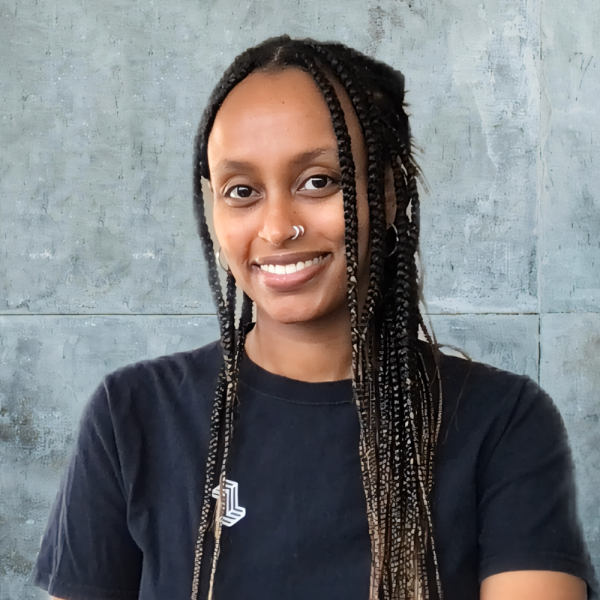This blog post is co-authored by Black@BenchSci ERG leads, Zena Teferi and Temisan Iwere
As Black History Month comes to a close, we want to share some of our internal employee programming highlights, learnings, and reflections from throughout the month. This year, we’re anchoring our Employee Resource Group (ERG) programming around three foundational pillars: Career, Community, and Culture. In addition to these pillars, it was important to anchor our activities in education and inspiration by sharing the rich culture, history, and experiences of the Black community.
We kicked off the month with a virtual screening of the film “Coded Bias,” which explores the fallout of MIT Media Lab researcher Dr. Joy Buolamwini’s discovery that facial recognition does not see dark-skinned faces accurately. After the screening, we facilitated a discussion that prompted lots of personal reflections around biases that might be built into the tools we use daily, as well as potential areas of bias within our platform at BenchSci.
Throughout the month, we partnered with our Women’s and 2SLGBTQIA+ ERGs to feature influential Black movers and shakers. Our team created a series of graphic cards with facts about Black individuals across various industries, including Simone Biles, Laverne Cox, Ernest Crim III, Celia Cruza, and so many more! We kept our team members engaged through a weekly quiz based on facts about the folks that we promoted throughout the month. This proved to be a fun way to connect, learn, and share the Black experience.
We closed out the month by hosting Camille Leak for a session on what it really means to be your authentic self at work. She had us reflect on our individual life stories and identify milestones or experiences that might influence how we show up at work. She then introduced us to the concept of covering—which she defined as concealing something about oneself to avoid making others uncomfortable or to lessen the attention drawn to a given characteristic.
Camille’s workshop put language to a feeling that deeply resonated with many of our attendees.
We all agreed that being in an environment where we feel the need to cover or hide parts of ourselves to avoid bias or prejudice is exhausting. In professional environments, this directly impacts our ability to engage in our work, can lead to distrust and resentment, and negatively impacts our overall productivity. With that in mind, Camille shared some considerations for us to take away as we try to foster inclusive environments that signal that individuals don’t need to cover:
- We never stop being ourselves. Life doesn’t stop just because we are at work, so we shouldn't expect people to leave parts of themselves outside of work.
- Ignoring differences, rewarding assimilation, or deeming parts of our identities as “unprofessional” is an antiquated strategy that stifles engagement, productivity, innovation, and overall well-being.
- Actions speak louder than words, and inclusion doesn’t happen with passive efforts. Companies and leaders that want to create inclusive workplaces must be intentional and play an active role in doing so.
- Each of us plays a role in shifting societal norms and fostering environments where people can be their authentic selves. Start by modeling the behaviors yourself and inviting others to do the same.
While Black History Month is ending, our celebration and acknowledgment continues. As we kick off Women’s History Month, we will continue to celebrate and uplift Black women’s voices and accomplishments.
